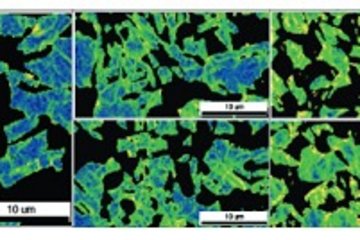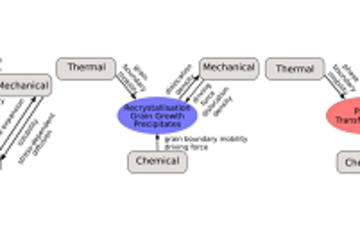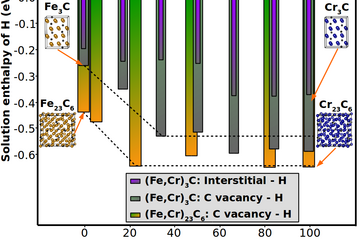All genres
1.
Journal Article
Synthesis of Analytical and High Resolution Transmission Electron Microscopy to Determine the Interface Structure of Cu/Al2O3. Ultramicroscopy 67 (1-4), pp. 207 - 217 (1997)
2.
Journal Article
Transmission Electron Microscopy at the Max-Planck-Institut für Metallforschung. Zeitschrift für Metallkunde 87 (11), pp. 898 - 910 (1996)
3.
Journal Article
Retrieval of Crystal Defect Structures from HREM Images by Simulated Evolution. II. Experimental Image Evaluation. Ultramicroscopy 65 (3-4), pp. 217 - 228 (1996)
4.
Journal Article
Measurement of Coherency States of Metal-Ceramic Interfaces by HRTEM Image Processing. Physica Status Solidi A 150 (1), pp. 77 - 87 (1995)
5.
Conference Paper
Problems in Interpreting Sub-Å-Resolution Images Studied by Simulated Evolution Based Digital Image Matching. In: MSA 1995: Proceedings Microscopy and Analysis 1995, pp. 638 - 639. Microscopy Society of America, 53rd Meeting, Kansas City, MO, USA, August 13, 1995 - August 17, 1995. Microscopy Society of America, USA (1995)











